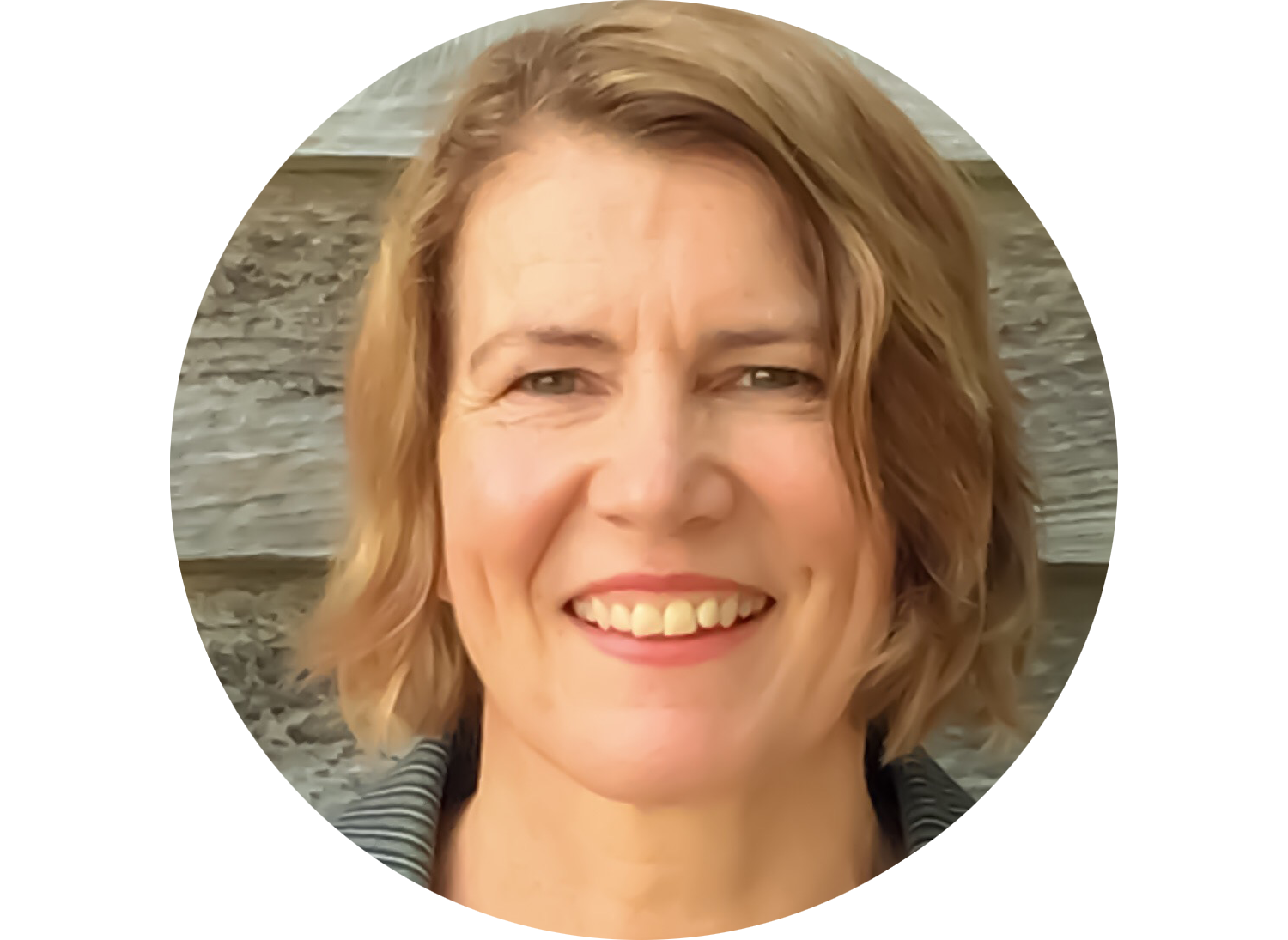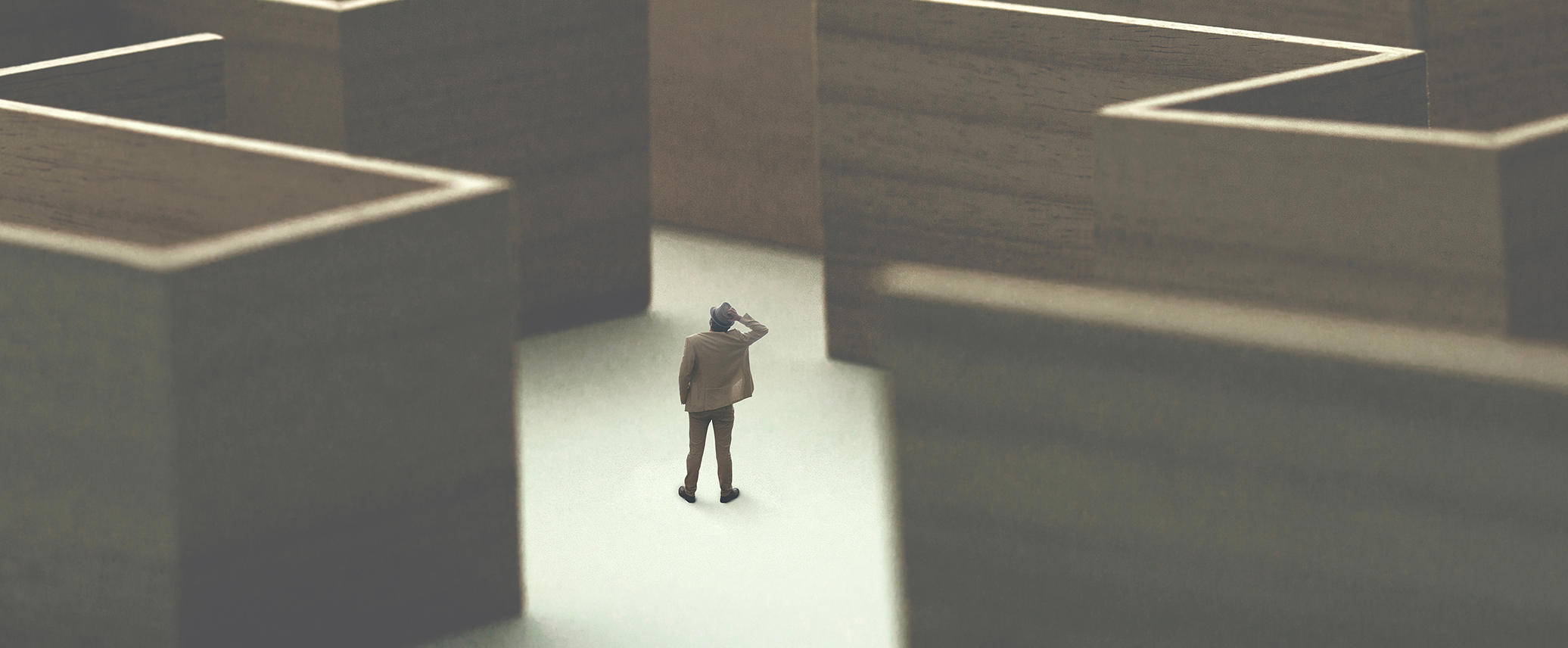Interestingly this difficulty finding our way around is also reported in people who have inner ear (vestibular) disorders. The reasons why this difficulty might occur across such different conditions relates to the complex connectedness of body systems and the brain. Our team are interested in increasing our understanding about how we find our way around our environments and whether it is possible to identify and treat people who have difficulty with this important skill called spatial navigation.
Spatial navigation is complex and requires the integration of sensory information from multiple sources including our eyes, the position of our limbs in space, and vestibular information. Multiple cognitive processes are also involved including memory. There are particular areas of the brain important for spatial navigation including the hippocampus and surrounding areas and the vestibular system. The hippocampus is located deep in the temporal lobe and contains specialised cells that help us to construct a ‘cognitive map’ of our environments, we form a memory of our spaces and places. The vestibular apparatus is located in the inner ear, with the vestibular nerves forming large bundles, or nuclei, in the brainstem. The vestibular system is important for maintaining balance and keeping the gaze stable during head movements. Research from members of this project team (Smith and Zheng) have demonstrated that the hippocampus is important for spatial navigation and links strongly with the vestibular system in animal models. So, the vestibular system and the hippocampus communicate strongly during spatial navigation tasks. It may not be surprising then that people with vestibular disorders frequently have problems with spatial navigation.
One of the challenges we faced when trying to develop robust studies to explore spatial navigation was that there were no standardised clinical measures of spatial navigation that involved movement of the person. This is important because vestibular information is predominantly generated when a person is moving, not sitting still. A limitation of most published tests of spatial navigation is that the individual is seated and doing either a pen-and-paper test or a seated computer-based test, during which the vestibular system is having minimal to no involvement. Research evidence tells us that there is limited correlation between pen-and-paper tests of spatial navigation and navigation in the real world. So, we needed to develop a new measure of spatial navigation that involved the person being tested actually moving in space.
The Neurological Foundation and Physiotherapy New Zealand funded our team to develop a virtual reality-based measure of spatial navigation in which the person donned virtual reality goggles and was tested in a safe and controlled environment. The benefit of using virtual reality is that environmental cues can be fully controlled and measurements can be automated and easily repeated.
Why do we want to do this? Despite an increasing awareness of the complex multisensory interactions in spatial navigation there are currently limited assessments and no interventions that address this interaction between the vestibular system, the hippocampus and spatial navigation. The development of our virtual reality measure is a first step. We have completed the first phase of development and tested the usability of the system on a small group of volunteers. We are currently testing the reliability of the measure in a larger group and collecting normative data to use in future studies. We are also building on the virtual reality assessment to develop rehabilitation programmes within the virtual reality environment that we hope will translate to real-life spatial navigation.
Professor Denise Taylor will be presenting her research at our free Brain Awareness Month event in Tauranga on the 5th of March.
You can find out more details and how to register for your free ticket here
Research Team:
Professor Denise Taylor Auckland University of Technology
Professor Paul Smith University of Otago
Associate Professor Yiwen Zheng University of Otago
Marcus King Callaghan Innovation
Ruth McLaren Auckland University of Technology
Usman Rashid Auckland University of Technology
Mike McCallin New Zealand Dizziness and Balance Centre

Written by Professor Denise Taylor
Denise is a Professor of Physiotherapy at Auckland University of Technology (AUT). Originally from the UK, she has lived for 20+ years in NZ, working at the University of Otago and AUT. Professor Taylor is Director of the Health and Rehabilitation Research Institute and leads a team of researchers interested in neurological rehabilitation.






